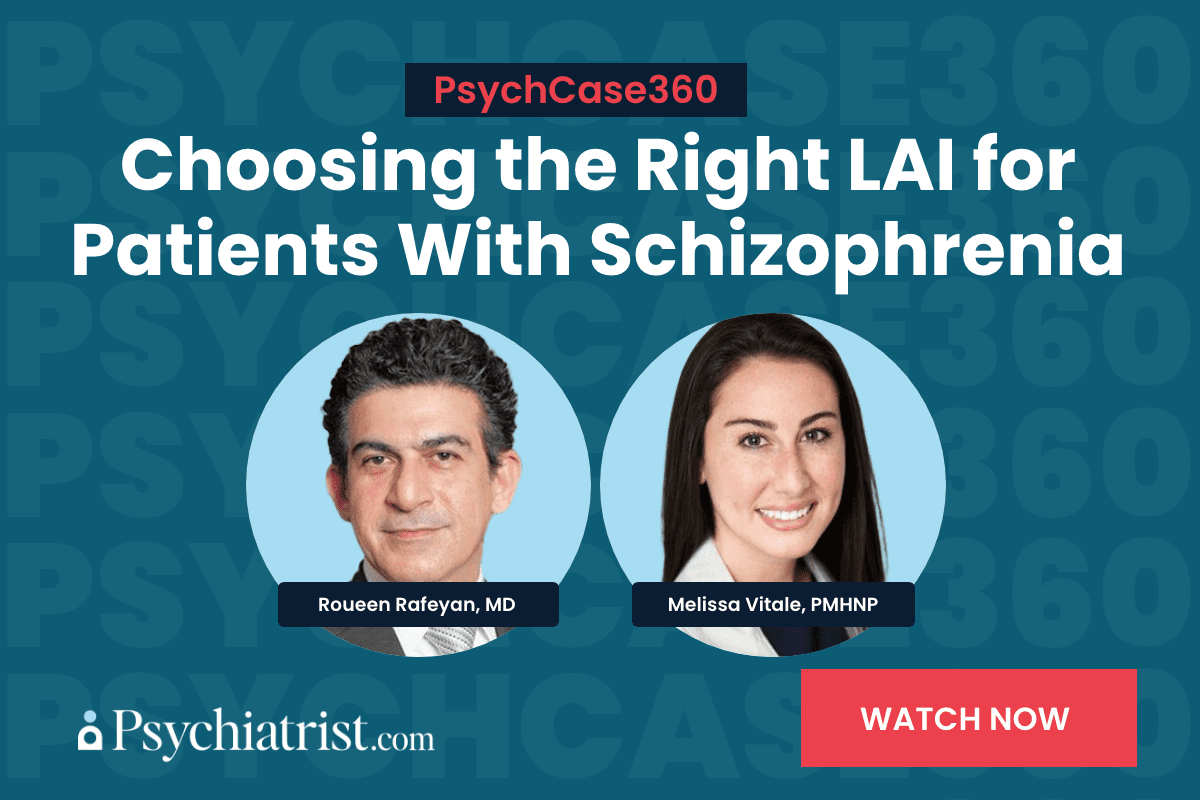Just weeks after the FDA approved the esketamine nasal spray Spravato’s supplemental new drug application as “the first and only monotherapy” for treatment-resistant depression, new research shows how it performs with other drugs. Specifically, the resulting data sheds new light on how esketamine works with selective serotonin reuptake inhibitors (SSRIs) or serotonin-norepinephrine reuptake inhibitors (SNRIs).
While SSRIs and SNRIs remain the go-to first-line treatments for major depressive disorder, as many as a third of patients don’t respond well. As a result, their struggles drive up the burden on the nation’s healthcare systems while elevating the risk of hospitalization, suicide, and mortality.
“Treatment-resistant depression can be very complicated, especially for patients who do not respond to oral antidepressants or cannot tolerate them,” Johnson & Johnson’s Global Therapeutic Area Head, Neuroscience, Bill Martin, PhD, said. “For too long, healthcare providers have had few options to offer patients much-needed symptom improvement.”
Exploring Esketamine Combinations
In a novel approach to tackle this condition, esketamine — a ketamine derivative — has waited in the wings for a few years now as a potential new treatment. Unlike traditional antidepressants, which can take weeks (or even months) to show progress, esketamine acts quickly. While it does so while modifying a patient’s neurotransmitter pathways, a dearth of research has lingered about how well it works with other antidepressants.
Researchers looked at the outcomes of TRD patients who received esketamine treatment along with either an SSRI or an SNRI. Using data from TriNetX, a global health research network, the team incorporate multiple indicators in their research, such as mortality rates, hospitalizations, depressive relapse, and suicide attempts over the previous five years.
What they uncovered is evidence that both treatment combinations work dramatically well. But they do so in different ways. They found that patients who received esketamine with an SNRI experienced lower mortality rates, hospitalization rates, and depressive relapse incidences. On the other hand, the esketamine and SSRI combination resulted in fewer suicide attempts.
The Science Behind the Findings
The differences that the university researchers exposed could be attributed to the distinct pharmacological effects of SSRIs and SNRIs. Since SSRIs boost serotonin levels, their ability to curb suicidal thoughts might explain why the esketamine-SSRI group produced fewer suicide attempts.
By contrast, SNRIs target both serotonin and norepinephrine, which could contribute to more effective long-term depression management. This combination might be more helpful for patients living with coexisting anxiety disorders or chronic pain.
A Turning Point for TRD Treatment?
One of the study’s most notable discoveries was the much lower risk of suicide attempts across both groups, with an annual incidence of only 0.08% — far below the estimated 4.66% in TRD patients overall. This, the authors surmise, suggests that esketamine, regardless of which antidepressant its paired with, could be critical in staving off suicide among this vulnerable group.
But the research also underscores the complexities – and challenges – of antidepressant treatment choices. While both combinations proved helpful, the decision to pair esketamine with either drug must be an informed decision driven by individual patient profiles.
For example, patients with hospitalization and mortality higher risks might benefit more from esketamine and SNRI, while those struggling with acute suicidality might respond better to the SSRI combination approach.
Future Research and Clinical Practice Implications
This study reinforces the importance of precision medicine in TRD treatment. While real-world data provide valuable insights, further randomized clinical trials could confirm these findings and help fine tune treatment guidelines.
Additionally, robust quality-of-life assessments could help dictate which combination leads to better long-term functionality and well-being.
For clinicians, these results offer a new perspective on managing TRD. Instead of a one-size-fits-all approach, treatment plans should consider the patient’s unique symptoms, risks, and medical history. As the research evolves, personalized treatment strategies will be increasingly crucial in driving better outcomes for those struggling with MDD.
With its rapid action and emerging potential as a long-term treatment, esketamine could revolutionize how we approach TRD.
Further Reading
Barriers to Esketamine Nasal Spray Use in Treatment-Resistant Depression
Difficult to Treat Depression: Focus on Approach, Algorithms, and Access
Effects of Low-Dose Ketamine Infusion on Hopelessness and Suicidal Thoughts



